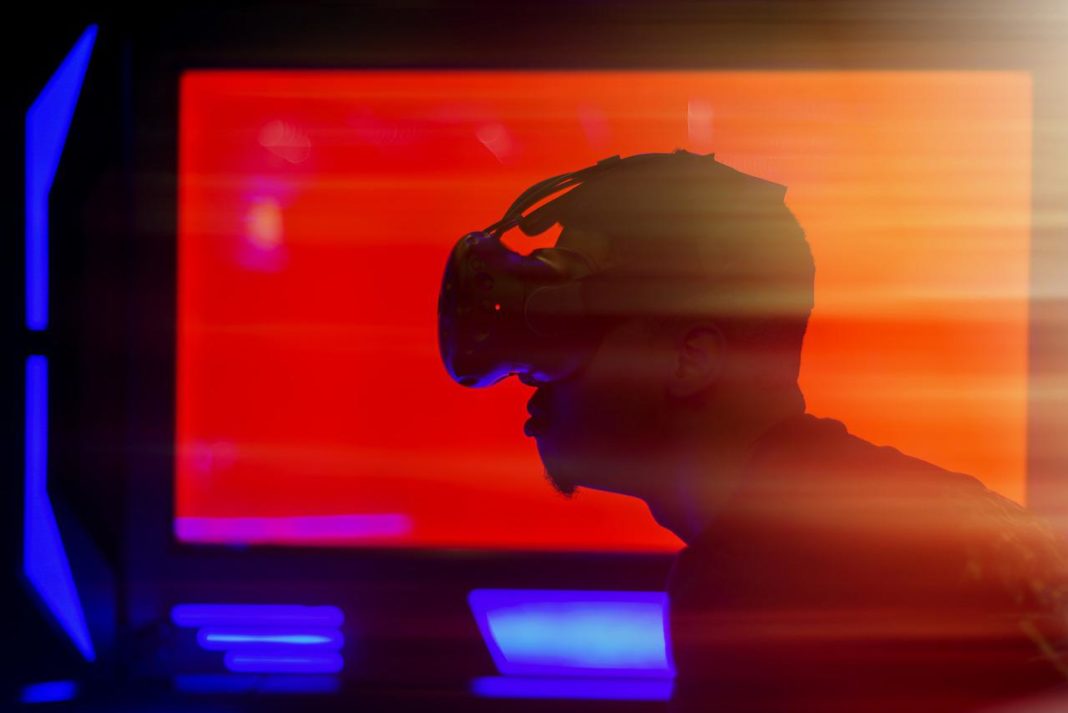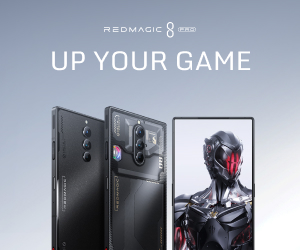Virtual reality is not yet mainstream, but it is on its way. VR already has a plethora of entertainment applications, as well as some business applications, so the market is expected to expand even further in the coming years.
We’ve compiled a list of the top ten VR headsets on the market right now to help you make an informed purchase decision.
1) Oculus Rift
While the Oculus Rift won’t be available until July, it’s already one of the most anticipated pieces of hardware in recent years.
Oculus is a virtual reality pioneer, and its headset is arguably better than any other available today.
It is without a doubt one of the best, but what makes it so? To begin, Oculus has unrivaled tracking technology.
The controllers are extremely sensitive and responsive, so seeing your fingers accurately represented within a game or interacting with something like a smartphone as if you were holding it in real life – well, it just works.
In addition, there are some fantastic launch titles, such as Eve: Valkyrie.
2) HTC Vive
For a low price, you get high-quality graphics and excellent tracking. Because of its inside-out tracking and high-quality motion controllers, the HTC Vive is one of our favorite headsets.
It’s also one of the most immersive virtual reality experiences we’ve had: when you can walk around a room that feels convincingly real, it’s easy to forget you’re wearing a headset at all.
The only major drawbacks are that setup takes a lot of space and power, it isn’t as simple to use as other systems (you have to deal with a lot of wires), and its current game selection isn’t as extensive.
That being said, if you want an excellent virtual reality experience right now, you should start with the HTC Vive.
3) PlayStation VR
Although not everyone can afford a Rift or an HTC Vive, Sony’s PSVR is less expensive than both while still providing a compelling and comprehensive virtual reality experience.
In some ways, PlayStation VR is similar to Oculus: it lacks positional tracking but has 3D audio that appears to do a better job of simulating depth.
If you want to get into virtual reality gaming on a budget, PSVR is your best bet right now.
4) Google Daydream View
Google’s Daydream is a one-of-a-kind mobile virtual reality experience, thanks to its distinct form factor and content ecosystem.
It’s also comfortable to wear and use for extended periods of time—and it has access to more games than any other headset on the market today.
While it does not include a controller, you can purchase one separately for $60. Daydream View is your best bet if you want premium virtual reality but don’t have a lot of money to spend—as long as you have a compatible phone.
5) Samsung Gear VR
Samsung’s Gear VR began as a mere accessory for its smartphones, but it has since evolved into a full-fledged competitor in its own right.
To begin, Samsung’s dedicated headset is one of only three mobile devices (along with Google Daydream View and Huawei’s M-series) that support both high-end virtual reality platforms: Oculus and Google.
While there are many games available for download from their respective marketplaces, if you want to have a more immersive experience, you can use your device as a window into another reality; it supports both Vimeo and YouTube 360-degree videos!
Finally, if you want to keep it classy, you can download Hollywood movies from Netflix – just keep in mind that they will cost extra.
6) Microsoft Mixed Reality Headset
The Microsoft Mixed Reality Headset is one of several devices that track your movements using an external camera.
It doesn’t require a separate camera like some other solutions and works with a standard laptop or desktop, making it an affordable option if you already have all of those components.
It also does not require a high-end PC, unlike many other headsets. All you need is Windows 10, and your headset will continue to function normally.
Just keep in mind that it does not support SteamVR games out of the box, but there are workarounds if you want to.
7) Oculus Go
The headset is not connected to a computer or console, nor does it require an external tracking sensor. It’s a self-contained device.
Simply turn it on and look around (and of course, you can use touch controllers if you prefer). A single day’s battery life will last approximately 3-4 hours of continuous use.
If that isn’t enough, there is an Oculus Go controller called The Sentinel that includes a rechargeable battery.
When it’s time to recharge, simply plug it into one of your headset’s USB ports.
8) Merge VR
The Merge VR headset is intended to provide a more affordable entry point into mobile virtual reality, with a lightweight device that features inside-out position tracking and is simple to set up using Android smartphones.
It has adjustable lenses that can be adjusted for visual comfort, and you don’t have to remove your smartphone from its casing to use it.
Merge also supports ARKit and ARCore apps, with dedicated buttons for playing/paused content, taking photos, and so on.
The Merge works with any smartphone measuring between 4.7in (12cm) and 6in (15cm) (15cm).
9) Fove
Love is a new virtual reality headset that employs eye-tracking technology to create a more natural, realistic sense of depth and immersion.
It tracks your eye movements and rotates whatever is displayed in real-time whenever you move your eyes.
As a result, you have the sensation that you are looking at a virtual world through your own eyes, which no other headset on the market can provide.
Love has already received over $20 million in pre-orders, including a $7 million Kickstarter campaign. If you’ve been looking for a truly immersive experience, Fove may be just what you’re looking for!
10) Sony PlayStation VR
Sony’s PlayStation VR is the company’s first serious foray into virtual reality. It is less expensive than its competitors, but it still provides good quality.
It has a 120Hz refresh rate and a resolution of 19201080 per eye, which translates to 9601080 combined across both eyes (this is referred to as full HD or 1080p).
The PSVR includes speakers and a microphone and connects via HDMI.
If you want full-body immersion, you’ll need to invest in PlayStation Move controllers ($120).
Those looking to purchase a PSVR may not have a gaming PC that meets the system requirements.






